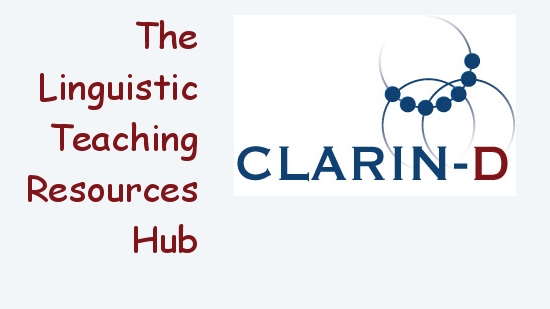

Image © Paul Watson, Licence CC BY-NC-SA 2.0
Keywords: SPARQL, Linked Open Data, RDF, ontologies
https://programminghistorian.org/lessons/intro-to-linked-data
This lesson offers a brief and concise introduction to Linked Open Data (LOD). No prior knowledge is assumed. Readers should gain a clear understanding of the concepts behind linked open data, how it is used, and how it is created. The tutorial is split into five parts, plus further reading:
Sorry, there is no feedback available. Be the first one to provide feedback!
| Institution: | The Programming Historian |
| Year of publication: | 2017 |
| Language: | english |
| Type: | Tutorial |
| Audience: | |
| Level: | basic |
| Prerequisites: | None |
| Media: | text/html |
| Objective: | Introduces core concepts of Linked Open Data, including URIs, ontologies, RDF formats, and a gentle intro to the graph query language SPARQL. |
| Licence: | cc-by-4.0 |
| Access: | open |
| Creation date: | Tuesday, 12 September 2017 16:26:44 |
| Last modified: | Monday, 22 April 2024 02:37:28 |
| BibTeX type: | @misc |
@misc(TeLeMaCo:387,
author = "Blaney, Jonathan",
title = "{I}ntroduction to the {P}rinciples of {L}inked {O}pen {D}ata",
year = "2017",
url = "https://programminghistorian.org/lessons/intro-to-linked-data"
)